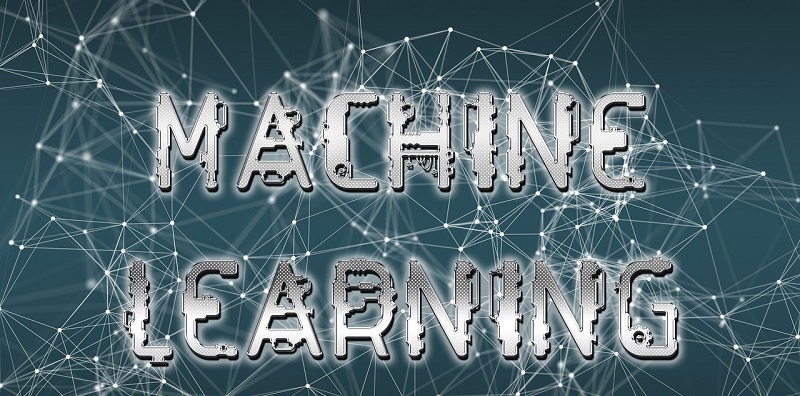Advancements in machine learning have been limited by the computational power of existing systems. However, an MIT-led team has made a groundbreaking discovery that could pave the way for machine learning programs several orders of magnitude more powerful than the current state-of-the-art systems. By harnessing the movement of light instead of electrons, this newly developed system holds the promise of vastly improving energy efficiency and compute density. In a study published in the July 17 issue of Nature Photonics, the researchers present the first experimental demonstration of this revolutionary technology.
Description of the New System
Unlike traditional systems that rely on the movement of electrons, the newly developed system operates by utilizing hundreds of micron-scale lasers for its computations. This innovative approach harnesses the power of light and allows for an entirely new paradigm in machine learning. By leveraging the dynamics of light, the system demonstrates remarkable potential to break through the limitations of existing technology.
Energy Efficiency and Compute Density Improvements
The MIT-led team unveils impressive findings regarding the energy efficiency and compute density improvements achieved with the new system. In comparison to state-of-the-art digital computers, the researchers report a remarkable 100-fold improvement in energy efficiency. Additionally, they have achieved a 25-fold improvement in compute density, effectively measuring the system’s power. These improvements are a significant leap forward in pushing the boundaries of machine learning computation.
Implications for Small Devices
One of the most exciting aspects of this breakthrough technology is its potential to revolutionize portable devices. Cell phones and other small devices, which are typically limited by computational capabilities, could now run programs that were previously only feasible in large data centers. With this light-based system, the computing power once reserved for massive infrastructure may finally become accessible in the palm of our hands.
Scalability and Commercial Potential
Another key advantage of the newly developed system lies in its scalability. As the components can be manufactured using existing fabrication processes, the researchers anticipate that commercial scalability could be achieved within a few years. This scalability holds tremendous potential for widespread adoption in various industries, revolutionizing the capabilities of machine learning systems and unlocking new frontiers in technology and innovation.
Ability to Overcome Current Limitations
Current machine learning models, such as ChatGPT, are constrained by the computational power of today’s supercomputers. However, this novel technology offers a solution to this limitation by enabling the successful training of much larger models. The researchers project that a 100-fold increase in power could result in unimaginable capabilities for next-generation ChatGPT and other advanced machine learning models. This breakthrough system presents a realm of possibilities awaiting exploration and discovery.
Promising Future Possibilities
With the rapid progress made by the MIT-led team and their novel light-based system, the potential advancements in machine learning are awe-inspiring. The precise capabilities that a 100-fold more powerful machine learning model can offer remain unknown, but the horizon of possibilities extends far into uncharted territory. This groundbreaking technology has the potential to drive transformative breakthroughs in a wide range of industries, revolutionizing fields such as healthcare, finance, transportation, and more.
Advantages of Optics over Electronics
The utilization of light instead of electrons for deep neural network (DNN) computations provides several significant advantages. Optics has the potential to overcome current bottlenecks and offer computations that are far more energy-efficient compared to traditional electronic methods. By harnessing light-based computations, the limitations of traditional systems can be surpassed, enabling a new era of computation and machine learning.
Recap of Previous Progress
The recent achievement by the MIT-led team represents the culmination of years of tireless effort and an unrelenting pursuit of innovation. Led by Dirk Englund, an associate professor in MIT’s Department of Electrical Engineering and Computer Science (EECS), the team has steadily made progress toward pushing the boundaries of machine learning computation. Their groundbreaking work illustrates their commitment to revolutionizing technology and creating a future where computational power knows no boundaries.
The development of this light-based system marks a significant leap forward in machine learning computation. By harnessing the power of light, the MIT-led team has achieved remarkable improvements in energy efficiency and compute density, surpassing the capabilities of state-of-the-art digital computers. This breakthrough technology opens up a world of possibilities, enabling the creation of machine learning models that were once unimaginable. With scalability and commercial potential, this innovation holds the potential to transform industries and drive a new wave of technological advancements. As we await the arrival of the next-generation ChatGPT and other powerful machine learning models, the horizon of discovery and innovation continues to expand, driven by the limitless potential of light-based computation.

